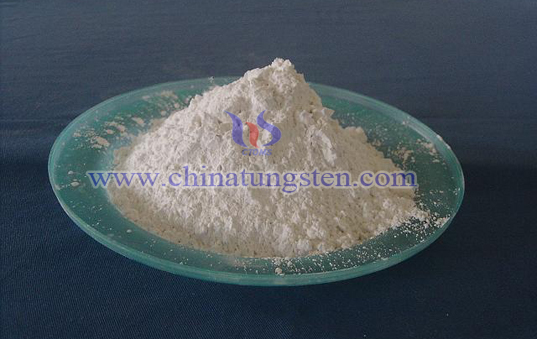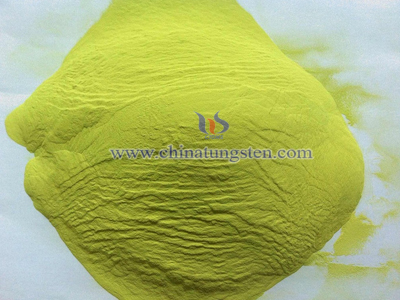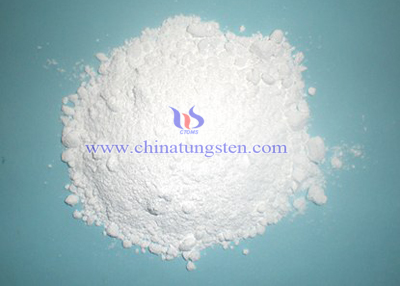Ammonium Paratungstate Chemical Property

The chemical property of ammonium paratungstate (APT) is performed through chemical reaction. Chemical properties of the material include: acidity, alkalinity, oxidation, reduction, thermal stability and other properties, chemical properties and changes are inherent properties of all the substances.
Chemical Property of Ammonium Paratungstate
Thermal decomposition: The thermal decomposition of ammonium paratungstate is its thermal stability; APT exhibits active chemical property when heated to 220-280°C and will easily be decomposed. It will lose part of ammonia and water when heated to 220~280℃ and transferred into ammonium metatungstate (AMT); when heated to 600℃ or higher temperature, APT will lose all the ammonia and water and become yellow tungsten trioxide (WO3) completely.
Flammability: Noncombustible.
Stability: Stable in water and alcohol, and soluble in alkali solution and ammonia water.
A chemical property is any of a material's properties that becomes evident during, or after, a chemical reaction; that is, any quality that can be established only by changing a substance's chemical identity.Simply speaking, chemical properties cannot be determined just by viewing or touching the substance; the substance's internal structure must be affected greatly for its chemical properties to be investigated. When a substance goes under a chemical reaction, the properties will change drastically, resulting in chemical change. However, a catalytic property would also be a chemical property.
Chemical properties can be contrasted with physical properties, which can be discerned without changing the substance's structure. However, for many properties within the scope of physical chemistry, and other disciplines at the boundary between chemistry and physics, the distinction may be a matter of researcher's perspective. Material properties, both physical and chemical, can be viewed as supervenient; i.e., secondary to the underlying reality. Several layers of superveniency[clarification needed] are possible.





